Creativity in Education Garden
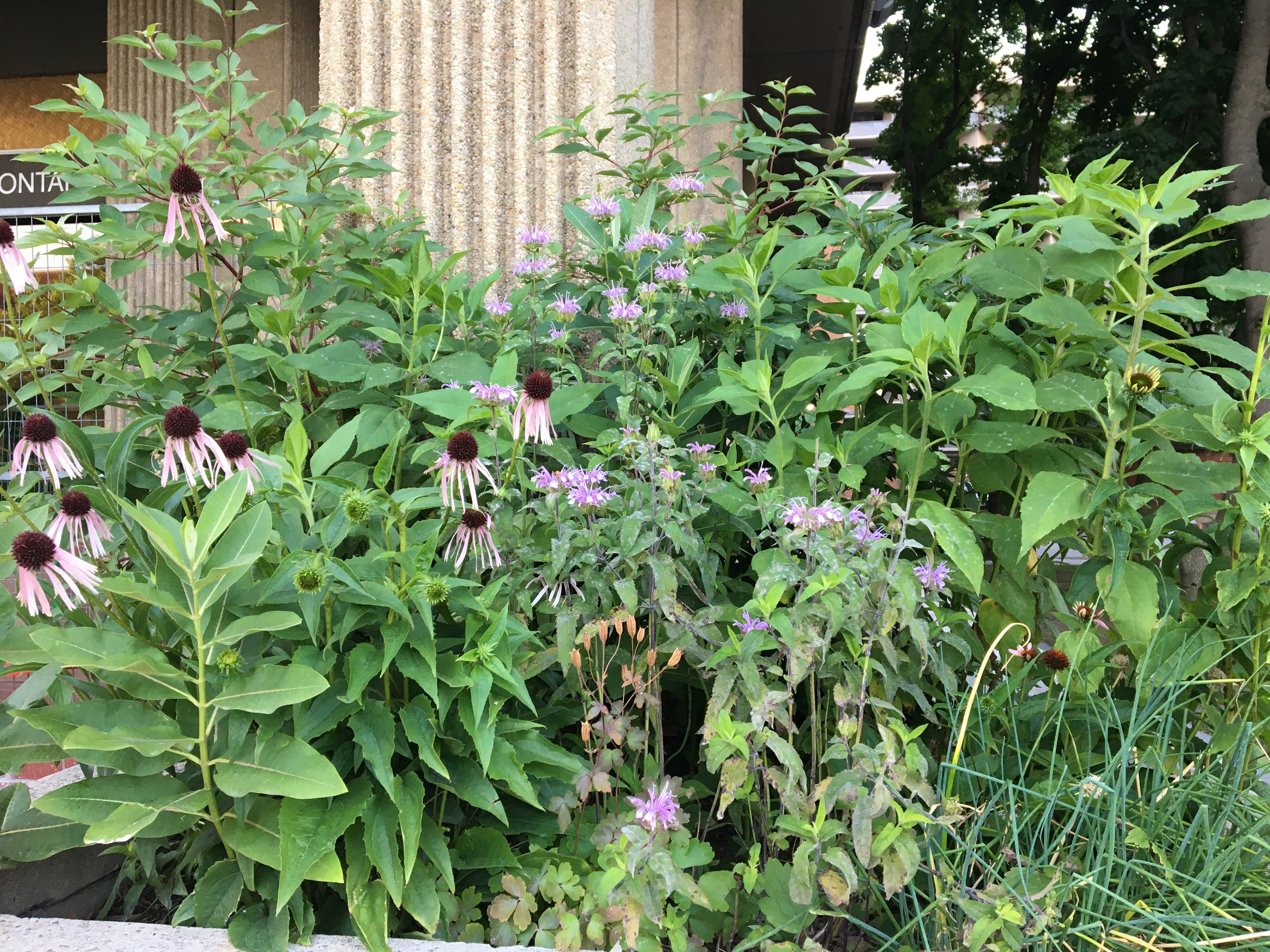
This garden symbolizes the importance of creativity and the arts at OISE and in 21st century learning. Its colourful flowers and unusual plant shapes demonstrate the power of the arts to integrate all of the senses by creating engaging environments that reflect, provoke, and inspire. Filled with indigenous plant species known for attracting butterflies and bees, this garden acts as a metaphor for the cross-pollination of ideas and practices that are an integral part of OISE's approach to research, teaching, and learning. Plants spilling down the sides encourage those who pass by to emulate what the arts do best: think outside the box.
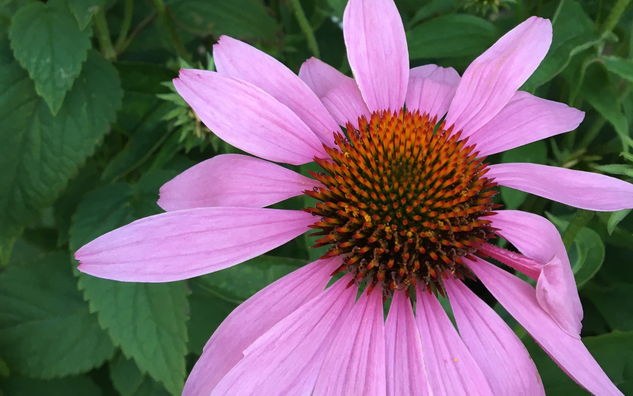
Purple & Pale Purple Coneflower - Echinacea pallida
Echinacea is a plant that is native to North America and has many uses. Medicinally, it has been used extensively in the treatment of colds and infections as it is thought to stimulate the immune system and decrease inflammation. Drought tolerant, it is also a great pollinator. It blooms through the whole summer, with its flowers transforming from pale pink to a deeper purple. In this garden it is a visual symbol of creativity through tis beautiful bright flowers.
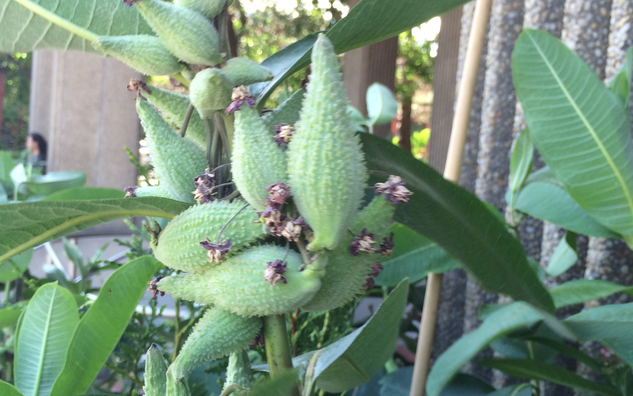
Milkweed - cabo' sîkûn/înîni'wûnj - Asclepias syriaca
Milkweed has light pink flowers and contains a bitter white sap that protects it from predators. The sap also is essential nectar for many butterfly species, including monarchs. It has been included here to symbolize the role the arts and creativity plays in the pollination of ideas across discipline

Red Osier Dogwood - Mskwaabiimnagoons - Cornus sericea
The red osier dogwood has many traditional uses; Indigenous peoples have used it in many creative ways: its twigs and branches in basket weaving and tool making, its berries in medicines and food, and in combination with grasses to make ceremonial tobacco. It is a medium sized shrub with striking white berries and blooms and red bark.
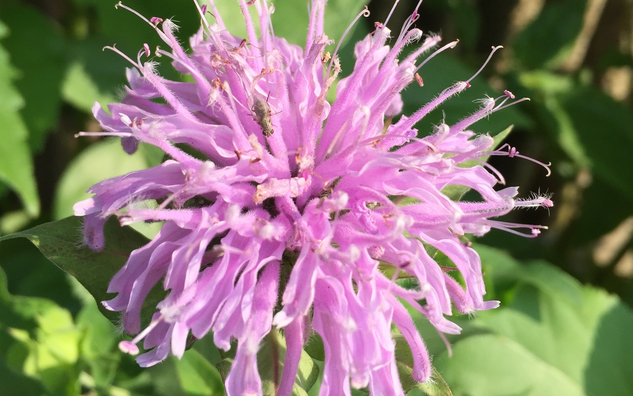
Wild Bergamot - weca' wûs wackwî' nek - Monarda fistulosa
Wild bergamot or bee balm is a fragrant native plant to Ontario that has clusters of soft pink or purple flowers. It has long been used by Indigenous peoples of North America as a medicine and antiseptic to treat colds (brewed as tea) and infections and wounds (ground into a poultice). Tea made from wild bergamot has also been used as a stimulant. In the Creativity Garden, this plant represents expression through all our senses (smell, taste, visual, etc).
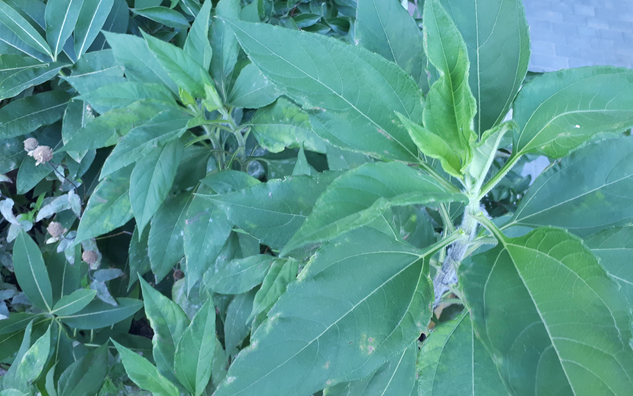
Sunchoke - Helianthus tuberosus
Also known as sunroot or Jerusalem artichoke, this species of sunflower is actually a member of the daisy family. Like creativity, it is easy to cultivate, and its tuber is often used as a root vegetable or as a substitute for potatoes in cooking. Beautiful to the eyes, delicious to eat, an edible, visual treat!
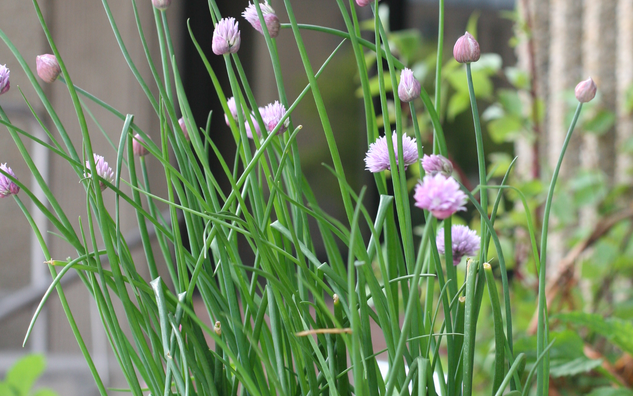
Wild Chives - Allium schoenoprasum
One of the first plants to appear in the Spring, Wild Chives can be distinguished by their oniony aroma and pom-pom shaped pink-purple flowers. Wild Chives are an edible plant that have been used for centuries as a way to spice up food, just as creativity spices up learning experiences.
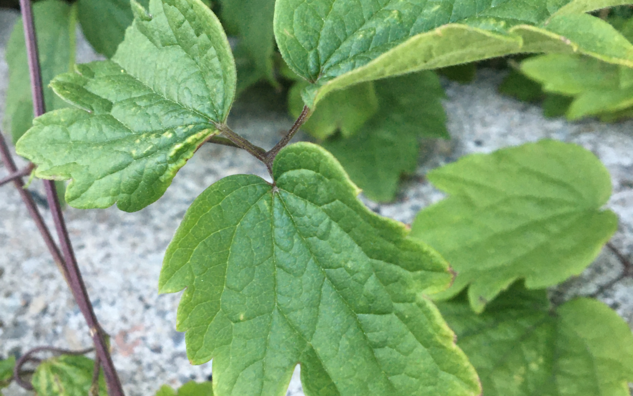
Virgin's Bower - Clematis virginiana
Virgin's Bower is a woody perennial vine that has large, showy trumpet shaped flowers of orange to red. The brightly coloured flowers attract many birds, including hummingbirds, and other pollinators. Its tendrils reach out and extend broadly from the plant. It has been included in this garden to symbolize 'thinking outside the box' as it will spill outside of this garden as it grows.
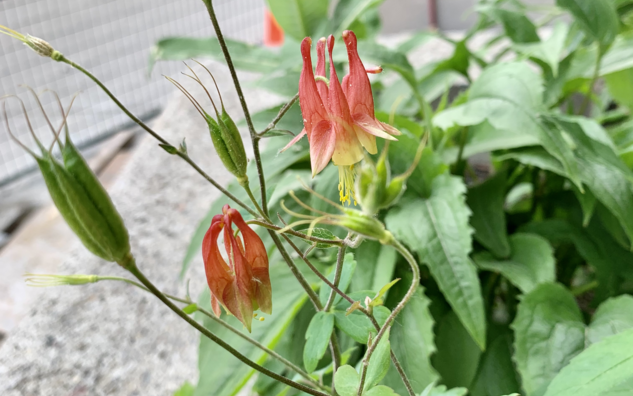
Wild Columbine - Ininiwizh - Aquilegia canadensis
Columbine is a low maintenance wildflower native to Ontario. Its brightly coloured early spring flowers attract hummingbirds and other pollinators. In the Creativity Garden it represents the way creative people pollinate ideas in the world, bringing and sustaining many forms of life.
Garden Map
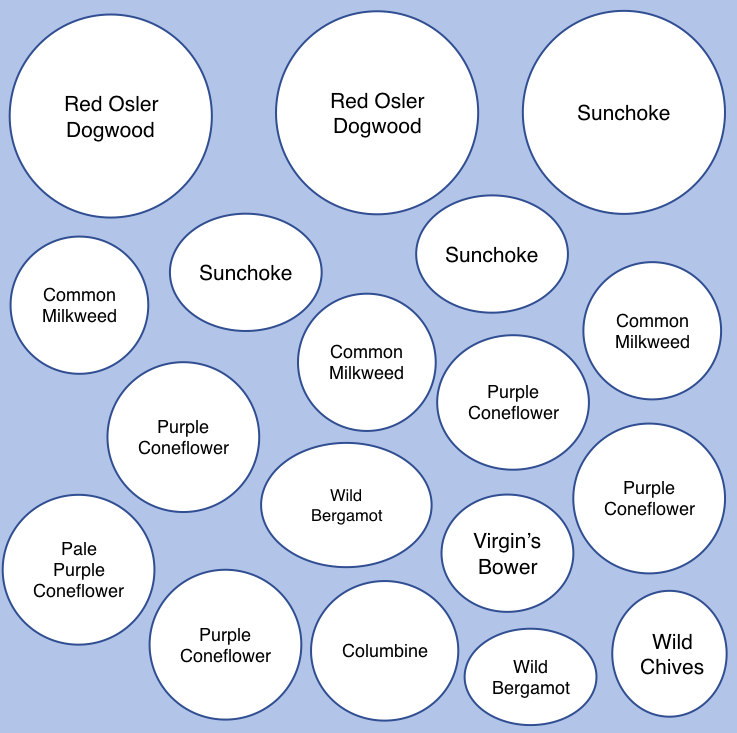
Resources on the Creativity in Education Garden
Articles:
Galindo, A. (2001). Finding our place in the garden: A holistic approach to art education.
Gaylie, V. (2008). The poetry garden: Ecoliteracy in an urban school. Language and Literacy, 10(2).
Inwood, H. (2006). Art in school gardens. Green Teacher.
Inwood, H. & Sharpe, J. (2018). Growing a Garden-based Approach to Art Education. Art Education Journal, 71(4), 43-49.